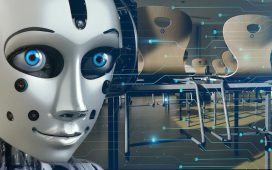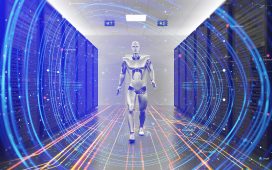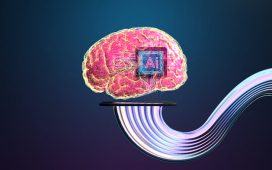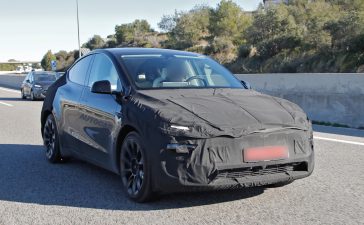CHICAGO (CBS) — One small step for robot, one giant leap for AI.
For the first time to date, researchers out of Northwestern University developed an artificial intelligence that can design a robot completely by itself. The team gave the AI a prompt, “design a robot that can walk across a flat surface.” Seconds later, the AI created this purple block.
Northwestern University
Artificial intelligence is a field of computer science designing computers to mimic brain functions that can reason, learn, and act intelligently, according to the Massachusetts Institute of Technology’s Professional Education office. Northwestern University’s AI learned to walk within seconds. According to the university’s release, the AI didn’t immediately walk. It first learned to jiggle, bounce in place, shuffle. Nine tries later, the block began to walk “about half the speed of an average human stride.”
“It’s interesting because we didn’t tell the AI that a robot should have legs,” lead researcher Sam Kriegman said in the press release. “It rediscovered that legs are a good way to move around on land. Legged locomotion is, in fact, the most efficient form of terrestrial movement.”
The researchers are not sure why the AI designed the robot to have fins and holes, but wrote that “they are important” because when removed, the robot no longer could walk.
Kriegman will be on the CBS 2 News at 8 a.m. on October 4. The full report can be read in the Proceedings of the National Academy of Sciences.












